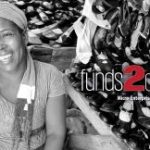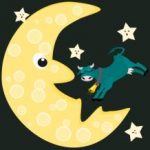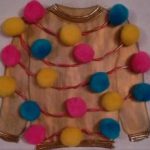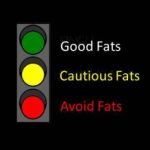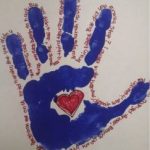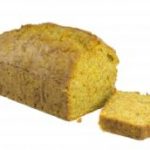
I have had some requests to share ideas for teaching about quick breads…so, here you go! One thing about teaching quick breads is that there are a plethora of ideas for labs so you can mix it up from one year to the next and secondly, the labs are pretty inexpensive to make so they won’t break your budget! Another thing I like about teaching quick breads is that it’s easy to include math and science concepts into your lessons and labs. Take a look below to see some things I’ve used over the years as well as some links to previous lessons and activities on the website about the topic.

